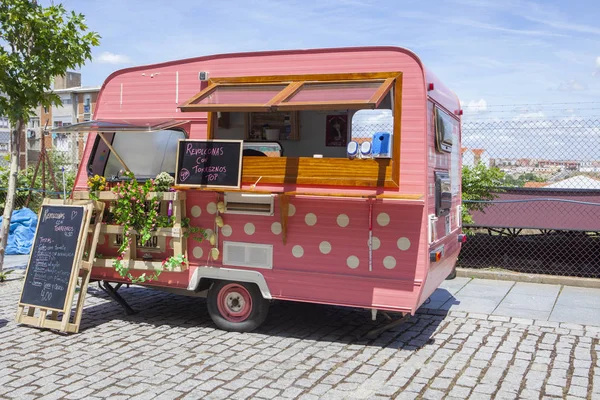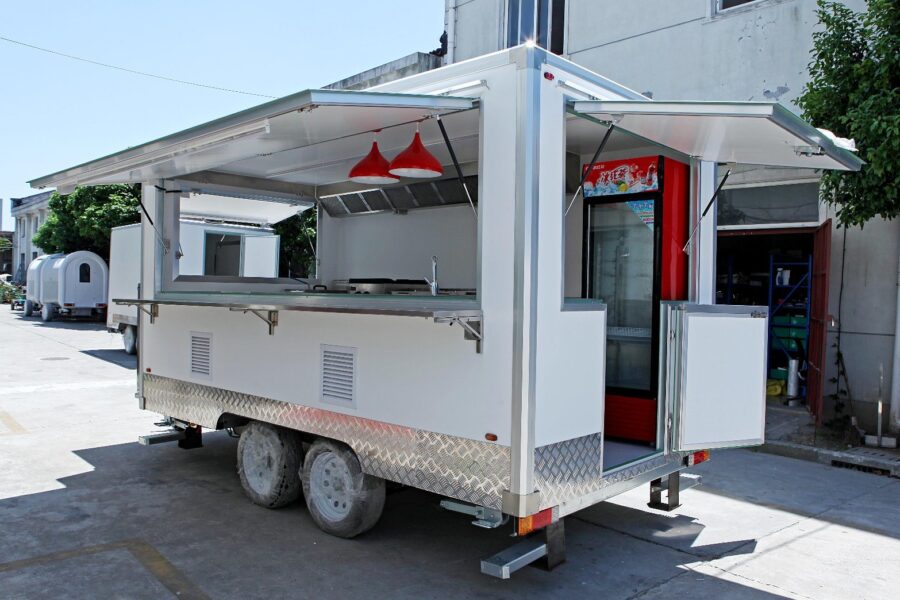In the fast-paced world of food delivery and dining, the concept of a ghost kitchen has emerged as a game-changer. But what exactly is a ghost kitchen, and why is it called that?

In this blog post, we’ll delve into the ins and outs of ghost kitchens, discussing their concept, nomenclature, advantages, and drawbacks.
What is the Concept of a Ghost Kitchen?
A ghost kitchen, also known as a virtual kitchen, dark kitchen, or cloud kitchen, is a culinary concept that focuses solely on food preparation and delivery, eliminating the traditional dine-in aspect of a restaurant. Unlike a conventional restaurant, ghost kitchens lack a physical storefront where customers can sit and eat. Instead, they operate as production hubs dedicated to preparing and dispatching meals for online orders.
The primary idea behind ghost kitchens is efficiency. By eliminating the need for expensive restaurant spaces, front-of-house staff, and extensive dining amenities, ghost kitchens can streamline their operations, reduce overhead costs, and concentrate on what they do best—creating delicious food.
Why is it Called a Ghost Kitchen?
The name “ghost kitchen” is not derived from the spooky and supernatural. Instead, it refers to the invisibility of these establishments to the general public. Customers ordering from ghost kitchens typically interact with them through online platforms and food delivery apps. These kitchens exist “in the shadows,” devoid of the traditional restaurant façade that we’re accustomed to seeing.
What are the Disadvantages of Ghost Kitchens?
While ghost kitchens have revolutionized the food industry, they are not without their downsides:
- Lack of Personal Touch: Ghost kitchens miss out on the personalized dining experience that traditional restaurants offer. There’s no face-to-face interaction with chefs or staff.
- Quality Control: Ensuring consistent quality when preparing and delivering food to different locations can be challenging. Mishaps during delivery can impact the overall customer experience.
- Competition: The rise of ghost kitchens has led to increased competition in the online food delivery sector, making it harder for new entrants to stand out.
- Real Estate Costs: While ghost kitchens save on restaurant space, they may still face high costs for renting commercial kitchens in prime locations.
What are the Benefits of a Ghost Kitchen?
Despite the disadvantages, ghost kitchens offer numerous advantages:
- Lower Overheads: Ghost kitchens can operate with lower expenses, as they don’t require prime real estate, extensive staffing, or a dining area. This cost-saving can translate into more affordable menu prices.
- Adaptability: Ghost kitchens can quickly pivot to meet changing customer demands, experimenting with different cuisines or concepts without the need for major renovations.
- Efficiency: Streamlined operations and optimized kitchen layouts can lead to faster preparation and delivery times, enhancing customer satisfaction.
- Reduced Risk: Without the overhead costs associated with a traditional restaurant, ghost kitchens are less vulnerable to economic downturns and unforeseen disruptions.
- Data-Driven Decision-Making: Ghost kitchens often rely on data analytics to fine-tune their menus, pricing, and delivery routes, resulting in better customer service.

Conclusion
Ghost kitchens are transforming the food industry by prioritizing efficiency, cost-effectiveness, and adaptability. While they come with their own set of challenges, their innovative approach to food preparation and delivery is reshaping how we dine. As the food delivery landscape continues to evolve, ghost kitchens are likely to remain a significant player in the culinary world, catering to the ever-growing demand for convenient and delicious meals.
Learn more at Wiki as well.
